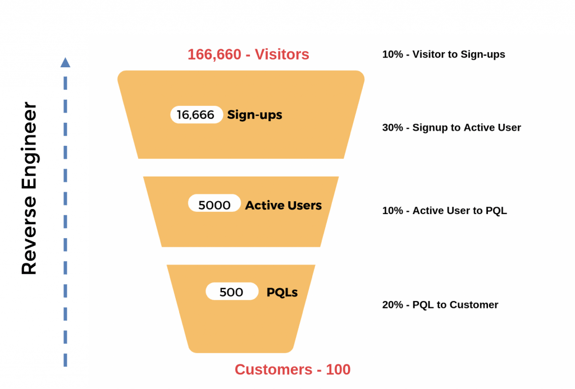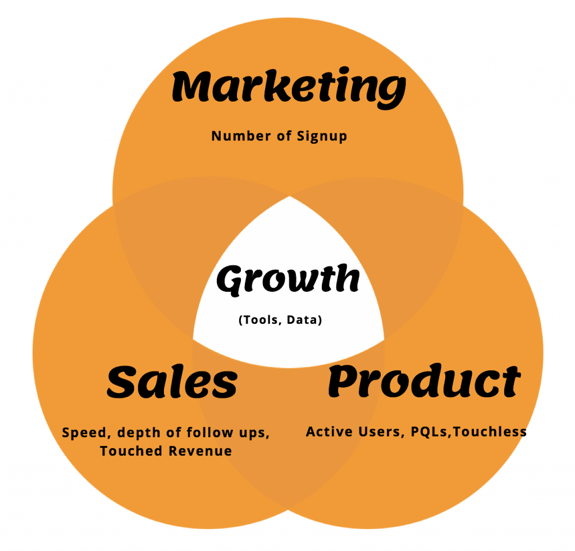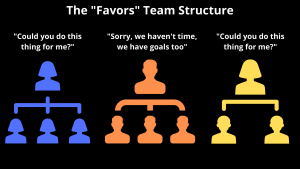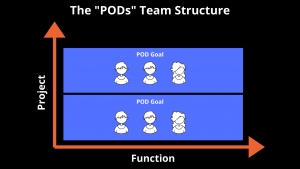In this episode of the GrowthTLDR, we talk about how you build a foundational layer for growth.
Most of the content published on growth talks to the experiments, hacks, and tips that can improve your core metrics - acquisition, activation, monetization, retention.
However, none of those things are impactful if you haven't built the right growth foundation. We talk about the three parts of your growth foundation that are critical for your success - creating a common language dashboard, getting the correct organizational design, and prioritizing.
There are two common go-to markets that B2B companies adopt:
- High-touch: companies built for the enterprise; their go-to-market is predominately a sales-led one. They target the buyers of their products.
- Low-touch: companies built for SMBs, their go-to-market is predominately a product-led one. They target the consumers of their products.

It's quite common for a low-touch business to build-up to the enterprise by adding a sales team to work larger accounts.
It's not very common for a high-touch business to build into self-serve, as it's a lot more complicated to take humans out of your go-to-market motions than add them in.
Whatever business your building, there are three critical components to building a go-to-market motion made for growth.
1. Language: align teams around a common language for growth
In a high-touch business, the marketing and sales team lead the go-to-market. There is a well-established working model for what those teams are accountable for (the below is an oversimplification):
- You decide on how much revenue will come from marketing sourced demand
- You work out how valuable an MQL is, the dollar cost of that MQL
- You take your monthly/quarterly revenue number, the percentage that should come from marketing, and work out the number of MQLs needed.
- You hold marketing accountable to that number.
- Sales are responsible for work rates, speed and depth of working those MQLs, and touched revenue.
Of course, responsibilities go beyond the above, but there are well-established deliverables on either side of that go-to-market.
In a low touch business, the marketing, product, and customer success team lead the go-to-market. There are also well-established models for how those teams work together (the below is an oversimplification):
- You decide on the amount of touchless revenue that needs to be generated each month.
- You figure the amount of daily, weekly, monthly sales required based on the average order value.
- You figure out how many users need to activate each day, week, month to hit that number
- You task product with improving onboarding and working with the customer success team to hit that activation number.
- You work out the number of signups needed to hit that activation target, and task marketing with it.
Responsibilities go beyond the above, but there are well-established deliverables for each team in the above go-to-market.
The most complex model is a hybrid, where you have a self-serve model for the lower end of the market, and layer on an inside sales team to sell your enterprise package to larger businesses.
You now have numerous teams working together on the go-to-market - marketing, sales, product, customer success.
You need to understand what metrics are critical to your go-to-market success; for example, you reverse engineer from revenue:

You now establish what each team is accountable for, as an example in a hybrid model you might choose:
- Marketing to create a certain number of signups
- Product to be responsible for active users, PQLs, and touchless revenue
- Sales to be responsible for speed, depth of work rate and touched revenue
- Growth to provide the data and tools that make the go-to-market more efficient.

By doing that, I can then create a common language dashboard that holds all teams accountable to a metric critical to the go-to market's success.

2. Team: align teams around most significant opportunities for growth
Here is a secret, for companies moving from start-up to scaleup, organizational design is their best growth lever.
We plan to do a future podcast episode on creating an agile team design, one not based on favors.
It's incredibly challenging not to create a team design based on favors - a team is dependent on help from another team to be successful. But that team is incentivized by other goals. How many of your teams are truly autonomous and can be held fully accountable for their goals? Most teams are dependent on favors.

Better organization design is to rearrange people into pods every six months or year depending on your planning cycle and ensure each pod can be autonomous and accountable to their goals.

Thinking about your team structure in this way also forces you to prioritize investments, vs. trying to do a bit of everything, and that's our next section :)
3. Prioritization: over-invest in a couple of things vs. spreading equally across everything.
Prioritization is one of the most challenging things for growing companies.
It's hard to over-invest in a couple of things vs. spreading equally across everything.
There is a real impact on being wrong on those couple of things. But, if you're right, that's what wins!
The truth about most world-class companies is, they're not world-class at everything. What they get right is knowing the right things to excel in at the right time, and being comfortable with being ok at everything else.
Prioritization means risk; it means:
- Being able to do less stuff, because you want to do a couple of things better than anyone else.
- It means telling some teams they won't have the resources they want/need because you're over-investing in the success of a couple of things.
- It means taking on the risk of being wrong in a bigger way. Spreading your bets evenly across a large bunch of projects reduces risk, but also vastly reduces your upside.
The worst thing you can do for growth is peanut butter things and try to spread resources evenly across everything. Your results will always be Meh.
On the podcast, we talk about creating a common language dashboard, designing a team structure for growth, and prioritizing.
Be sure to let us know what you think @searchbrat, @sjtousley.
 iTunes
iTunes Stitcher
Stitcher Spotify
Spotify